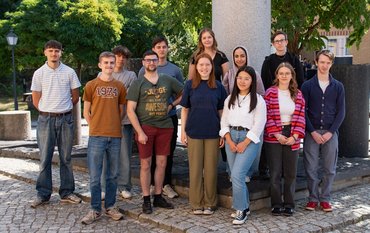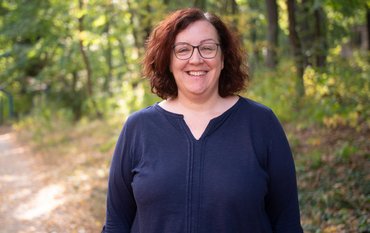50 years ago, researchers at the Central Institute of Earth Physics (Zentralinstitut der Physik der Erde | ZIPE) on Telegrafenberg used a laser to target a satellite for the first time. The GFZ celebrated this anniversary together with Brandenburg's Research Minister Manja Schüle and many former and active researchers. This also marked the start of renovation work on the Helmert Tower. The original measuring station was located on its roof until 1993.
Manja Schüle congratulated: “Two reasons to celebrate and to be happy at the GeoForschungsZentrum Potsdam: For 50 years, the satellite laser radar station has ensured that basic Earth system research in areas such as plate tectonics or sea level fluctuations can be carried out with the necessary accuracy. And today sees the start of the renovation of the more than 130-year-old Helmert Tower, where the station was once located - which we are very happy to support with around 533,000 euros. Yesterday, today and tomorrow: I am happy and proud that the GFZ is brilliantly continuing the tradition of German Earth system and sustainability research on "Brandenburg's smartest hill"!”
The former head of the SLR station, Ludwig Grunwaldt, traced the history of satellite laser ranging on the Telegrafenberg. From the original meter accuracy, we have now arrived at a measurement accuracy of less than one centimeter for satellite orbits that are hundreds to thousands of kilometers away. Technical innovations and precision instruments, which often had to be realized in-house, have always been decisive for this.
Susanne Buiter, Scientific Director of the GFZ, said in her welcoming address: “Since the early days of geodesy, the exact measurement of the earth's body has required absolute precision instruments: pendulums that measured the earth's gravity, telescopes and sounding devices. Berlin and Brandenburg were famous for the construction of scientific instruments. This is another tradition that we are continuing here at the GFZ with our central workshop.” The GFZ central workshop has built a whole series of laser reflectors that are still in orbit.
Susanne Buiter traced the arc from the beginnings of the science of measuring the earth - i.e. geodesy - on the Telegrafenberg to the near future. The now third generation of SLR stations on the Telegrafenberg needs to be renewed. The funds required for this are largely being provided by the Brandenburg Ministry of Science, Research and Culture from the European Regional Development Fund ERDF. Susanne Buiter thanked the Minister for the reliable support from the MWFK and announced: “We are currently looking into whether we can install the new SLR station on the Helmert Tower again. That would give the Helmert Tower back its original scientific function.”
André Kloth presented what a fourth generation of satellite laser ranging could look like and what challenges await researchers. He is the managing director of DiGOS, a company specializing in the development and construction of SLR stations. DiGOS is also the most successful spin-off from the GFZ. André Kloth pointed out that speed and automation must be added to measurement accuracy, as more and more satellites are on the move. Future stations would therefore have to be able to aim at different targets in very quick succession. In addition, there would be new applications such as the observation of space debris and laser communication with satellites. Construction of a globally unique SLR station could begin next year on the roof of the renovated Helmert Tower.


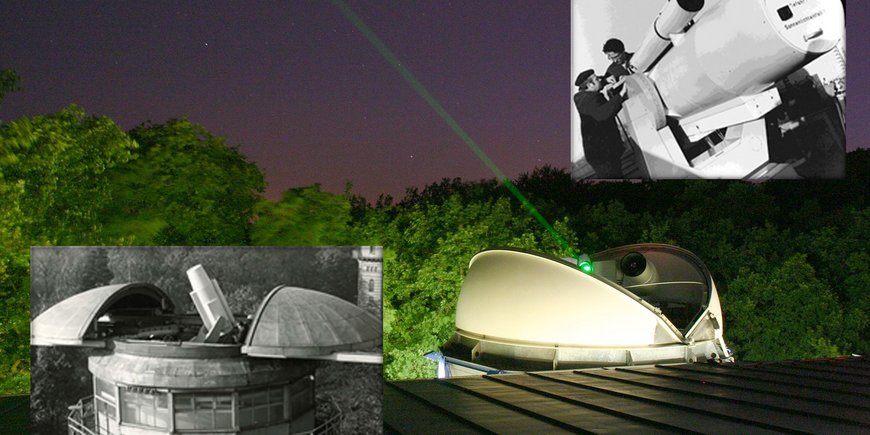

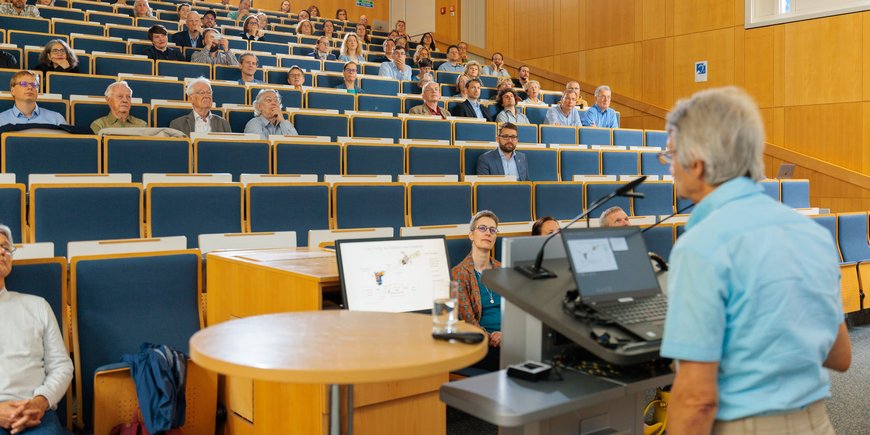
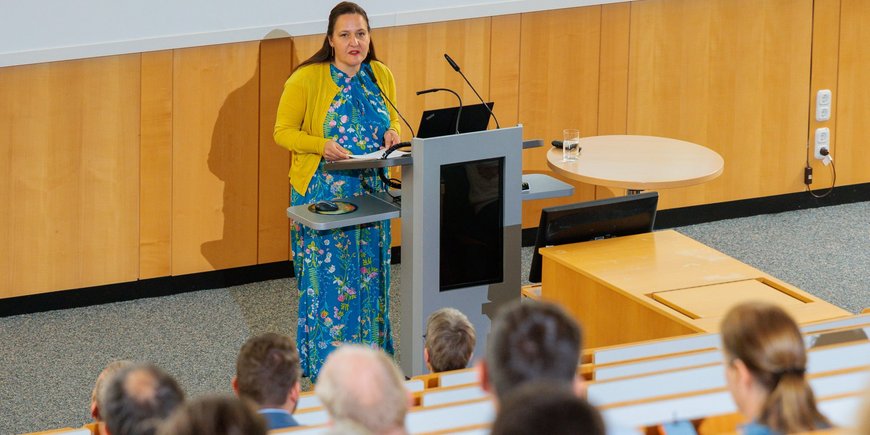






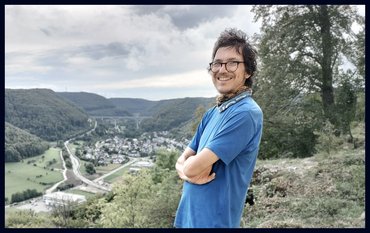
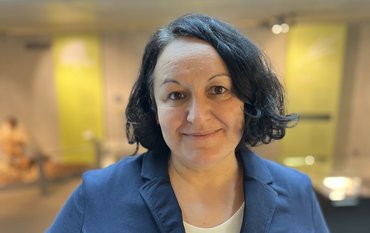

![[Translate to English:] [Translate to English:] Abror Gafurov von dem Schriftzug "Welcome to Azerbaijan" und den UN und COP Logos](/fileadmin/_processed_/2/5/csm_2024_11_Baku_COP29_Abror_Gafurov_1042faec82.jpeg)


![[Translate to English:] Martin Herold standing in front of the library on the Telegrafenberg](/fileadmin/_processed_/c/d/csm_Martin_Herold_d385ee4dd9.jpeg)
![[Translate to English:] Many people are listening to a presentation in the GFZ lecture hall.](/fileadmin/_processed_/c/a/csm_1_Bild1_hell_b9c0e9f5ed.jpeg)
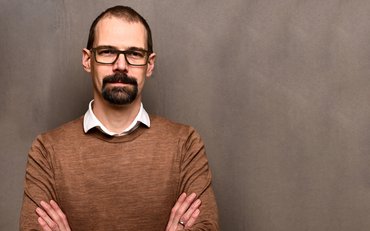

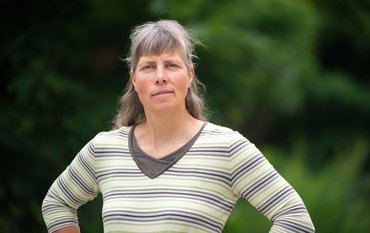

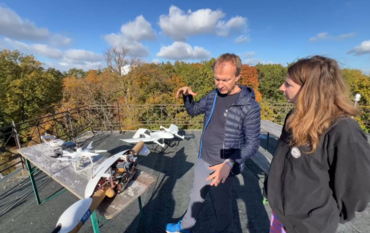

![[Translate to English:] Both scientists sitting on stools in front of a wall of books in the Telegrafenberg library](/fileadmin/_processed_/6/6/csm_Buiter_Castell_DORA_4_e87cb1ea18.jpeg)
![[Translate to English:] Gruppenbild mit 4 Personen](/fileadmin/_processed_/8/d/csm_20241017_GFZ-Emmerman-Medal-005_web_reinhardtundsommer_21a414fa4a.jpeg)

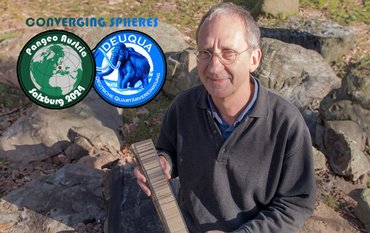


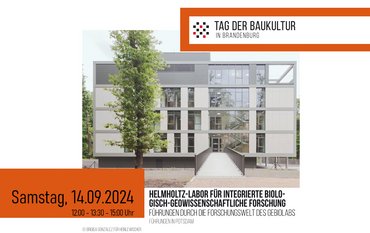
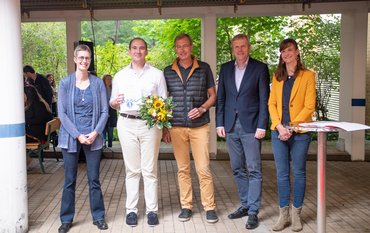
![[Translate to English:] Ice landscape with five red tents](/fileadmin/_processed_/8/9/csm_Zeltlager_auf_dem_Eis_Urheberin_Jenine_McCutcheon_5ced2d523b.jpeg)

